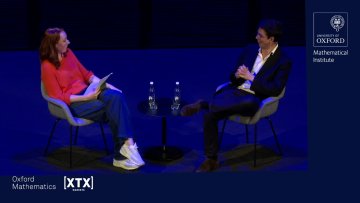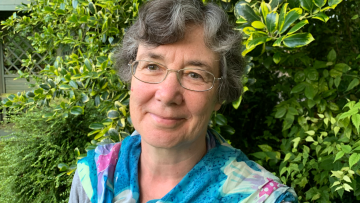16:00
Anticyclotomic Euler systems and Kolyvagins' methods
Abstract
I will explain a formalism for anticyclotomic Euler systems for a large class of Galois representations and explain how to prove analogs of Kolyvagins' celebrated "rank one" results. A novelty of this approach lies in the use of primes that split in the CM field. This is joint work with Dimitar Jetchev and Jan Nekovar. I will also describe some higher-dimensional examples of such Euler systems.
16:00
Revisiting the Euler system for imaginary quadratic fields
Abstract
I will explain how to construct an Euler system for imaginary quadratic fields using Eisenstein series and their cohomology classes. This illustrates a template for a construction that should yield many new Euler systems.
Renormalization of perturbative quantum gravity
Abstract
General Relativity and Quantum Theory are the two main achievements of physics in the 20th century. Even though they have greatly enlarged the physical understanding of our universe, there are still situations which are completely inaccessible to us, most notably the Big Bang and the inside of black holes: These circumstances require a theory of Quantum Gravity — the unification of General Relativity with Quantum Theory. The most natural approach for that would be the application of the astonishingly successful methods of perturbative Quantum Field Theory to the graviton field, defined as the deviation of the metric with respect to a fixed background metric. Unfortunately, this approach seemed impossible due to the non-renormalizable nature of General Relativity. In this talk, I aim to give a pedagogical introduction to this topic, in particular to the Lagrange density, the Feynman graph expansion and the renormalization problem of their associated Feynman integrals. Finally, I will explain how this renormalization problem could be overcome by an infinite tower of gravitational Ward identities, as was established in my dissertation and the articles it is based upon, cf. arXiv:2210.17510 [hep-th].
Oxford Mathematician Frances Kirwan is the recipient of a 2023 L'Oréal-UNESCO for Women in Science International Award. The awards honour five eminent women scientists from five regions of the world.



